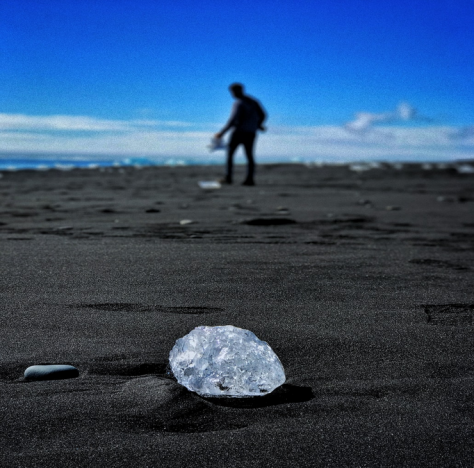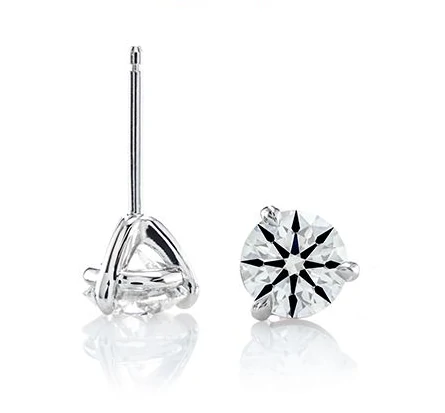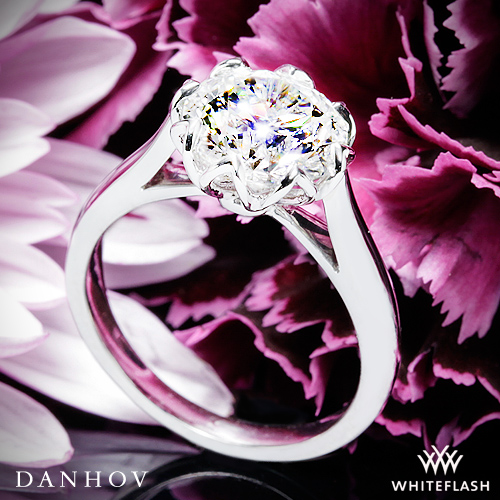Diamonds have forever been linked with tales of riches. From diamonds formed in the deep mines of the Earth to diamonds cultivated in labs, they have always been considered objects obtained from a mysterious realm. This timeless beauty grows to be the epitome of love. More than often, lab-grown diamonds are misunderstood. This happens as the mining industry fears disruption as soon as people become more aware of diamonds’ ethical misconduct and conflict. Let’s sort through the fiction and debunk these mysteries once and for all!
MYTH 1: LAB-GROWN DIAMONDS ARE FAKE
The organic diamonds industry has started a marketing myth to deter people from buying lab-grown diamonds as they are supposedly artificial. Well, this is not true! Lab-grown diamonds are equally as real and identical to organic diamonds. The only difference lies in their origin of sourcing. While diamonds are made in the crust of the Earth, lab diamonds are grown with the same carbon molecules that are the precursor to forming organic diamonds.
Both lab cultivated diamonds and organic diamonds have the same physical, chemical and optical properties. Therefore, lab-grown diamonds are just as real and beautiful as mined diamonds.
MYTH 2: SYNTHETIC OR SIN-THETIC?
The Federal Trade Commission has declared this foul, as lab diamonds have been completely misinterpreted. According to the 2018 Jewellery Guide, using synthetic for marketing in the diamond industry has been prohibited. The terminology for the gems that are diamond lookalikes is called ‘diamond simulants’, which are usually used for imitation and budget-friendly jewellery. An example could be cubic zirconia, and these gems are entirely different in their chemical structure and brilliance as it contains zirconium dioxide rather than crystallised carbon. This is important as lab diamonds are conceived the same way as organic diamonds, thus reinstating the essential consistency of molecular structure, brilliance, and properties.
MYTH 3- THE DUEL OF DURABILITY
Diamonds are a girl’s best friend because they last forever! Consumers are misled to believe that lab conceived diamonds do not consist of the same strength and durability as offered by organic diamonds. This is false, as the most vital is the diamonds’ composition. As both are created out of carbon mimicking the same process as the environment does over millions of years, it is noticed that the chemical, structural and optical properties continue to remain the same. The hardness of a diamond is determined by the ability of the gem to reveal scratches when any tool is used to scrape it or scratch it. A diamond can scratch another diamond, which means any day to day use and wear and tear cannot destroy a diamond. The toughness of the stone is measured by the resistance of the gem to chipping and cracking and impact survival. Lab-grown diamonds are chip resistant as well since the atoms are bonded strongly. The stability of lab-grown diamonds is determined by the ability to survive temperature fluctuations and chemical changes. Apart from extreme heat vulnerability, diamonds are grown to perfection. The quality is not compromised, and you can find your guarantee with the certification process the diamond goes through.
MYTH 4- LAB CONCEIVED DIAMONDS DO NOT SUPPORT SUSTAINABILITY
Lab-Grown diamonds, unlike their organic counterparts, are more ethical. The conflict associated with Blood Diamonds and slavery has ended because as these diamonds do not have to be mined, they become free of any socio-economic strife. Removing ethical disputes opens up many consumers who like to support causes and sustain the world’s peace and humanity rather than falling to whimsy with organic diamonds. While lab-grown diamonds were first made with HPHT, the method imitated the diamond formation by natural processes. It consumed energy. But with the advent of research to create something more efficient and eco friendly, the Chemical Deposition Method was found. It needs less energy, and it has also exemplified diamond manufacturing. The optimised process offers all the buyers a conflict-free experience while shopping, as the clear conscience drives them to achieve their best. Vibranium Lab grown diamond is one such eminent name in the diamond Industry.
MYTH 5: LAB DIAMONDS ARE PRICELESS!
The resale of lab diamonds is undoubtedly evident, as there is a whole new market for the exchange of lab-grown diamonds. While it remains true that diamonds may reveal better prices, it is a fact that all diamonds, either lab-grown or natural, depreciate in value. But this can be overcome by awareness as lab diamonds and natural diamonds are close in their similarity and looks, thus giving them an edge. Traditional jewellers cannot differentiate between a lab diamond and a natural diamond. To distinguish between the two, one requires a state of the art device and an expert gemologist.
Lab-grown diamonds are enigmatic and full of wonder and lustre. The dynamics of diamonds are portrayed by these lab conceived diamonds, which makes them equally brilliant and essential. They are of the highest quality as they are produced without mining, and since they do not go through the mining process, they are more cost-effective. Lab diamonds go through GIA and SGL certifications, giving them a mark of authenticity. The colour remains constant throughout time, as their optical, physical and thermal qualities remain unchanged. Lab diamonds are nothing like diamond substitutes like Cubic Zirconia, which have different compositions.
The essence of lab diamonds holds within it a rare beauty, as each lab grown diamond is unique and peculiar than the other. Lab-grown diamonds are an excellent option to give the ones you love something that creates magic in their lives and helps them keep a reminder of ethically sourced and will hold memories that will last a lifetime.




